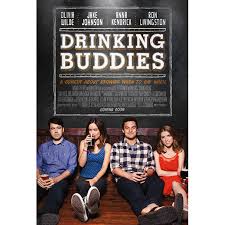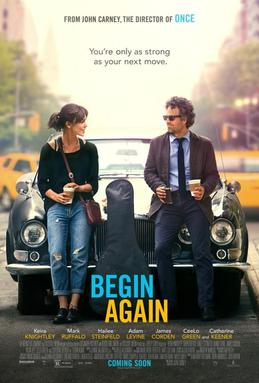Real Life on Film: Joe Swanberg
 Real life is always more interesting than the worlds of dragons, gods, superheroes, magic and fairies. And I’m not even talking about life’s extremes of murder, war, leading nations, kidnapping and drug abuse – though to be sure, these can create some remarkable works of art. To me, the very mundane things that link most people's lives – hanging out with friends, meeting someone you like, working a job simply to pay the bills – are some of the richest veins for authors and filmmakers to tap into.
Real life is always more interesting than the worlds of dragons, gods, superheroes, magic and fairies. And I’m not even talking about life’s extremes of murder, war, leading nations, kidnapping and drug abuse – though to be sure, these can create some remarkable works of art. To me, the very mundane things that link most people's lives – hanging out with friends, meeting someone you like, working a job simply to pay the bills – are some of the richest veins for authors and filmmakers to tap into.
It isn’t surprising that films about the mundane should sail a bit under the radar, especially for a middle-age guy living in the suburbs, and that’s where journalism can come to save the day. I recently read a piece by the Chicago Tribune’s Christopher Borrelli about filmmaker Joe Swanberg, a guy I’d never heard of before despite his having directed fifteen films. Lo and behold, his movie “Drinking Buddies” is currently streaming on Netflix, so yesterday I checked it out.
It’s a gem.
Like much of Richard Linklater’s work, or the films of Noah Baumbach, Edward Burns, Whit Stillman, and – on occasion – Woody Allen, Swanberg’s “Drinking Buddies” is about capturing everyday life in all it’s fabulous glory: the modest slights that can turn a mood, the quips that buoy one’s spirits during a long workday, the small error that can become enormous or can be dismissed with a heartfelt kiss. With spot-on performances by Jake Johnson (of New Girl fame), Anna Kendrick, Ron Livingston (remember him from “Office Space”?) and the captivating Olivia Wilde, “Drinking Buddies” is at its essence about nothing more than real life. No car chases. No murders. No emotional or physical abuse. No supernatural interference. It’s about the lives that most of us lead and that carry an infinite amount of laughs, tears, anger and joy.
Sure, I don’t really believe that women who drink as much as Kendrick’s and Wilde’s characters do could actually maintain their figures (I attended UW-Madison and witnessed first-hand the results of four years of drinking), but that’s about the only aspect of the film that didn’t ring true.
Swanberg – a Chicago resident – has another movie starring Kendrick out in theaters now called “Happy Christmas,” and as soon as I see that, I’m going to start in on his back catalogue.
Now tell me that newspapers no longer matter.
